Plenary Session:
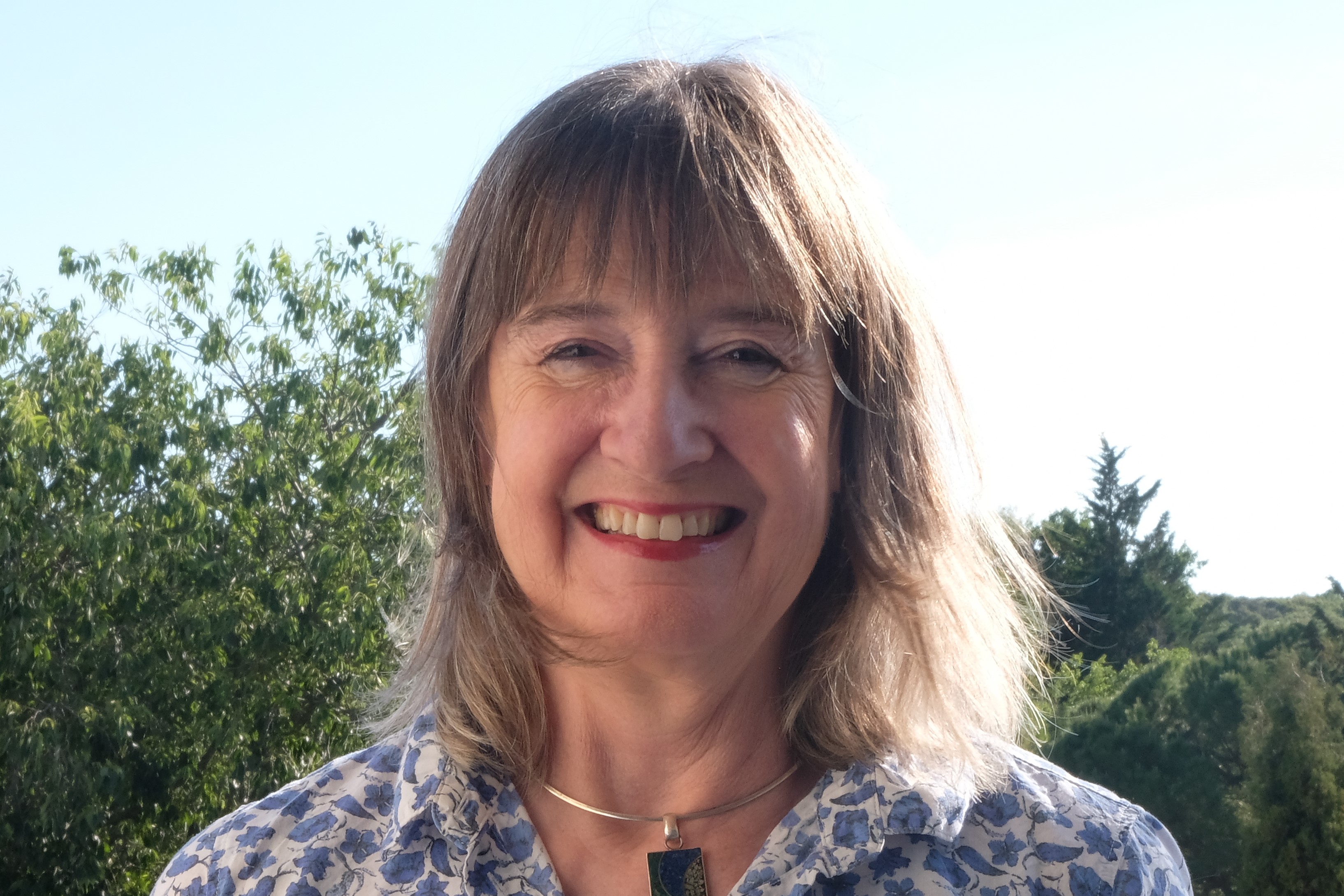
Siobhan Staunton`s current activity evolves around the fate and the actions of proteins in soils. The huge range of proteins in soil and the diversity of their interactions with soil organo-mineral surfaces makes this a fascinating topic. The proteins targeted include those with beneficial roles (enzymes), others that are potentially pathogenic (Bt or Cry and prions), and some that are highly controversial (Bt and glomalin). The complexity of protein structure and interactions with soil hinder the progress of proteomics that has seen fast development for other systems.
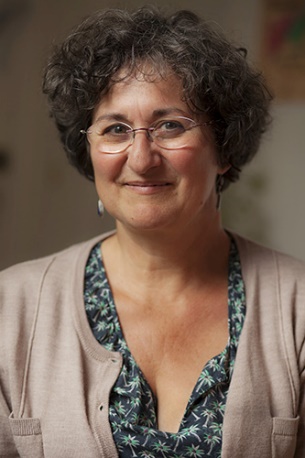
Claire Chenu is professor of soil science at AgroParisTech, the leading French technical University in the field of biology, agronomy, food and environmental sciences. Her research deals with soil organic carbon: dynamics, stabilization processes and the effect of cropping practices on soil C stocks. She is very involved in the science-policy-practice interface and in awareness raising activities on soils. She has been nominated Special Ambassador of soils in 2015 by the FAO. She is member of several international committees, including being a vice chair of the Scientific and Technical Committee of the 4 per 1000 initiative. She was the EGU soil science medallist in 2019.
Session 1: Soil as a C and N sink – Who is the major player, soil minerals, soil organic matter quality, microbial activity or their interplay?
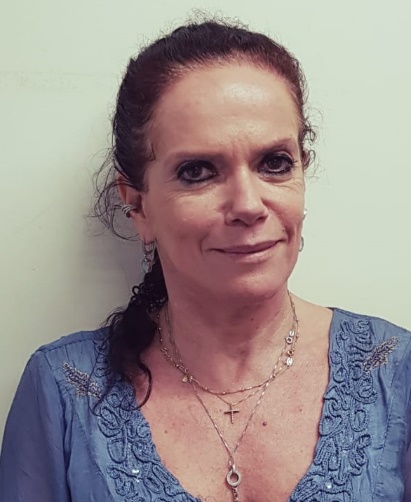
Deborah Pineiro Dick is a Full Professor at the Federal University of Rio Grande do Sul, Brazil, and a soil chemist with projects focusing on organic matter dynamics in terrestrial environments. Her main research areas are organic matter (OM) reactions and chemical composition in subtropical and tropical soils as affected by soil use and management, reactions of OM and pesticides in Brazilian soils, pyrogenic carbon and biochar reactions in soils and composting, agronomic effects of humic substances. She is a board member of the International Humic Substances Society.
Session 3: New physical, chemical and biological analytical approaches – How can they lead us to a better understanding of soil interfaces?
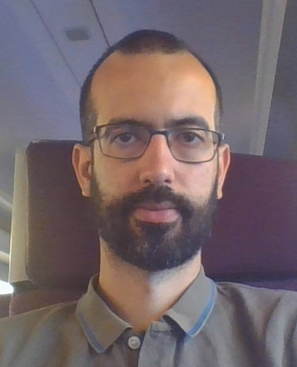
Denis Courtier Murias has extensive experience applying Nuclear Magnetic Resonance methods (13C NMR, 19F NMR, LF-NMR, MRI,…) on environmental sciences. He worked on the developing of the first experiments and applications of comprehensive multiphase (CMP)-NMR spectroscopy in soils and plants. His current projects involve the application and development of NMR and MRI methodology for the understanding of environmental samples (e.g. wood and soils) with a particular focus on soil contamination.
Session 2: Ecological disturbances – How do mismanagement of soils (overgrazing, erosion etc.) or natural disasters (fire, flooding etc.) affect the interplay between soil minerals, SOM and microorganisms?

Ana Z. Miller is an Associate Researcher at the HERCULES Laboratory from the University of Évora (Portugal). She is expert in geomicrobiology of complex environmental systems, including subterranean ecosystems, stone cultural heritage and extreme environments, with emphasis on the interactions of microorganisms with minerals, element biotransformations, biomineralization, biosignatures and material deterioration.
Session 4: Dynamics of pollutants at soil interfaces – What is new and how can environmental biotechnology be beneficial for soil restoration and bioremediation?
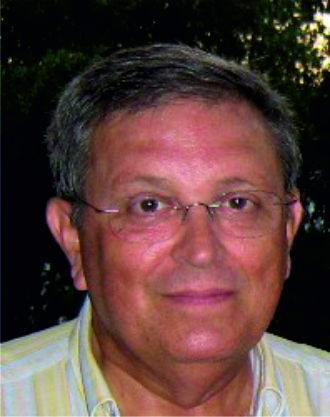
Dr. Francisco Cabrera Capitán is a retired Profesor de Investigación (Senior Research Scientist) and a former member of the Soil Plant Research group at the Instituto de Recursos Naturales y Agrobiología de Sevilla (IRNAS-CSIC). https://www.irnas.csic.es/en/uso-sostenible-del-sistema-suelo-planta/. His scientific experience is in the field of Soil Chemistry and Environmental Pollution and his main subjects of research are:
- Agricultural use of organic wastes: effects on soil, water and crops.
- Dynamics of nutrient and pollutants in soils and sediments.
- Trace elements contamination of water, soils, sediments and plants.
- Use organic and inorganic amendments for remediation of trace element contaminated soils.
- Movement of water and solutes in the non-saturated zone of soil
Session 5: Soil amendments (biochar, composts and digestates) – How do they affect interactions at soil interfaces?
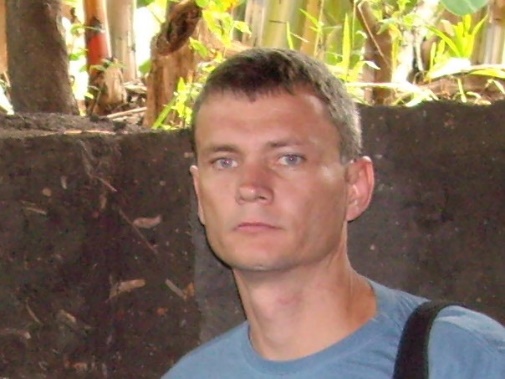
Etelvino Novotny has experience in Soil Chemistry, Chemometrics, Physical Chemistry, focusing on Spectroscopy, acting on the following subjects: soil organic matter, humic substances, humic acids, pyrogenic carbon (black carbon), biochar and spectroscopies techniques such as: Nuclear Magnetic Resonance, Electron Paramagnetic Resonance, Fluorescence and Infrared. Nowadays he is working mainly with new applications of Low Field NMR is Soil Science.»